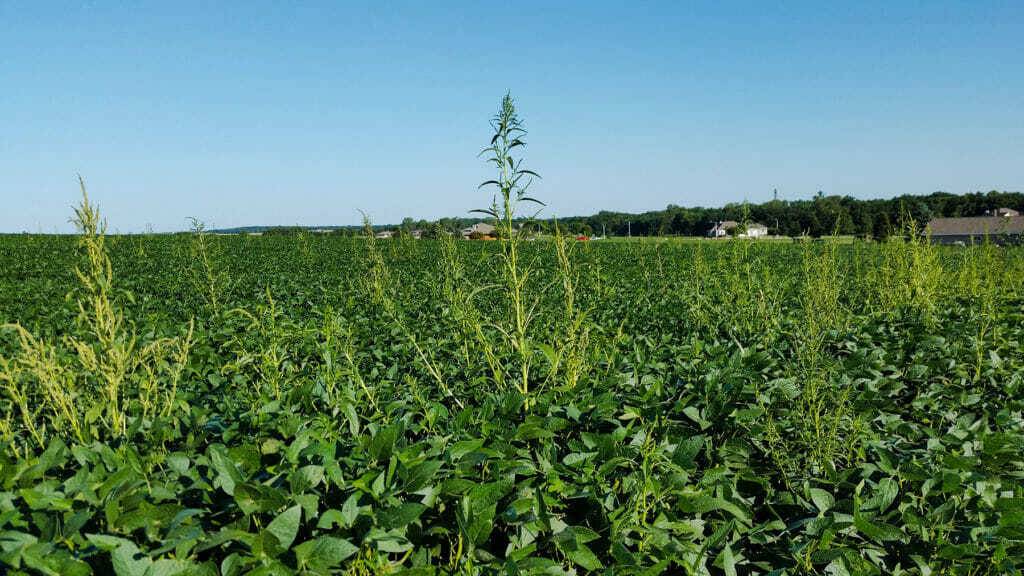Prepare Now for a Fight Next Season
 Mother Nature throws a few curveballs each season and 2021 is no exception. Our crops are suffering from drought, but weeds are thriving across Latham Country. Herbicides are not as effective when weeds are not “actively growing” as has been the case this season. Grass herbicide tank mixes were much less effective this year due to dry growing conditions and antagonism in the plant.
Mother Nature throws a few curveballs each season and 2021 is no exception. Our crops are suffering from drought, but weeds are thriving across Latham Country. Herbicides are not as effective when weeds are not “actively growing” as has been the case this season. Grass herbicide tank mixes were much less effective this year due to dry growing conditions and antagonism in the plant.
Because weeds always find a way to succeed and survive, we need an integrated approach to manage them. Below are few things you can do this year to combat weeds next year:
- Document the worst fields. Latham’s FREE Data Forward® app scouting tool allows you to drop a pin in the field where you see weed escapes. Late summer is the best time to do this as you’re doing yield estimates and late-season field visits. As the crops mature, you can easily see those green weeds poking though. Then later this fall make sure you’re selecting the right herbicide- resistant traits in your soybeans to put up the best fight against them in 2022.
- Spray early and layer residuals. Don’t go away from applying residual herbicides just because Latham is offering Enlist® E3 and Xtend® traits. No matter which soybean traits you’re planting, residual herbicides should be part of the program. Layering herbicides in the early season and then in your post application will be most beneficial. In 2021, we sprayed taller weeds. Then drought prevented soybean rows from closing quickly enough, so we had late flushes of weeds after a rain. Prepare to spray weeds when they are small, regardless of soybean growth.
- Try cover crops. Cereal rye reduces the density of waterhemp early in the growing season, which in turn allows herbicides to be more effective on smaller weeds, according to a multi-state study funded by the United Soybean Board. If you have a field with strong waterhemp pressure in corn this year, cereal rye is an excellent tool to help prevent your fields from being overrun by waterhemp next year.
- Dig out the iron. I saw row cultivators appear this year in areas to help slow down the weeds and allow the soybeans to close the rows. Extra tillage is not advantageous for the soil structure and limiting runoff, but in a year when herbicides are less effective, sometimes we must drag the iron to the battlefield.
It’s all about an integrated approach. No matter how many options we have for herbicide traits, weeds will always foil our best efforts. It’s time to put on our fighting gloves and manage each field based on its weed control needs.